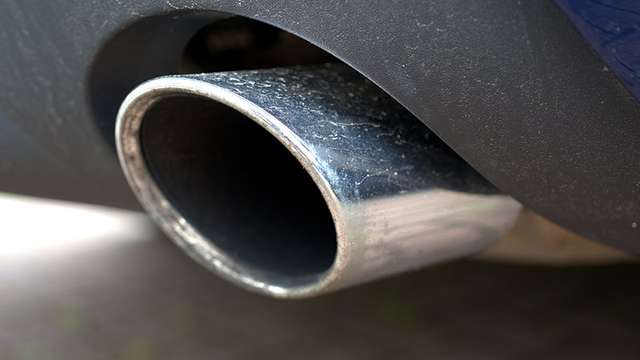- engine
What is a muffler and how does it work?

Updated 18 Jan 2023
Jonathan Nash

The science of sound plays a big role in the design and development of a car.
There’s the obvious stuff like the entertainment audio system, but car designers and engineers put a great deal of thought, and manufacturers splash a great deal of money into the development of features that control sound.
Without these features – be they sound-absorbing materials, acoustic foams, subframes and the like – the cabin would be a very noisy and uncomfortable place to be and the study of NVH (Noise, Vibration and Harshness), as it is known, is critical to the ultimate design of every vehicle.
The engineers take everything into account.
There’s the noise of tyres on the road to consider, there’s the engine firing up and running, the sound of mechanical and electrical components such as the drivetrain and the air conditioning system.
And then there’s the exhaust system.
Vital to the performance of any car, the exhaust system transports the exhaust gas from the engine and expels it out of the tailpipe. Along with the gas, it also transports noise - the sound waves generated as the engine combusts fuel and air and opens and closes the exhaust valves hundreds of times per minute.
Even when brand new and freshly installed, exhaust systems aren’t silent.
However, it’s easy to forget how good they are at regulating sound until you encounter a problem, such as a hole in the pipe.
When that happens, the racket can be roaringly loud.
The control of sound in a healthy exhaust system is mostly attributable to the muffler, which is located toward the back of the exhaust, near the tailpipe tip.
It looks like a rather unsightly bulge or block slapped into the piping, but it is actually an extremely cleverly designed box of acoustic trickery.
Unlike the special materials you’ll find layered at strategic places around the car’s body, the muffler does not actually deaden or dampen sound waves.
Rather, inside every muffler is a collection of channels, tubes and chambers arranged in such a way so that sound waves bounce around and cancel each other out, bringing the level of noise down to bearable levels.
It’s clever stuff. And even more so when you realise that designers have got so good at this acoustic manipulation that they can create a muffler interior not just to reduce volume but to create more interesting and desirable tones and effects.
One question often asked is whether or not the muffler can affect performance.
The short answer is yes – the muffler is a component that restricts exhaust flow – so upgrading it might will help a little.
However, if you’re after a really decent boost, it’s a whole exhaust system upgrade, in which a much more efficient exhaust flow is achieved, that you’ll want and that will really make a difference.
There are plenty of aftermarket mufflers out there, even some that can be adjusted remotely to deliver the tone you want.
Those aren’t a cheap option, of course - mufflers can cost anywhere from $50 to several hundred bucks – but if you’re of the mind to give your car a tickle and sound more AC/DC than Justin Bieber, then an aftermarket muffler might be for you.

Written By
Jonathan Nash
Jonathan has been writing about the auto industry for years and is particularly interested in the high-tech innovations sweeping the industry.
He’d love to own a Tesla Model S, but also adores anything with a V8 under the bonnet.
He has yet to decide between an EV or a Mustang for his next ride.